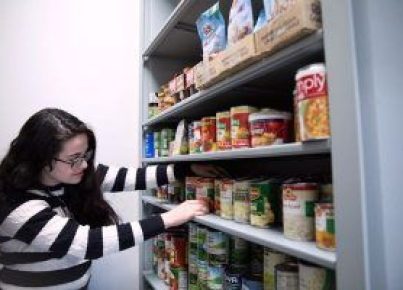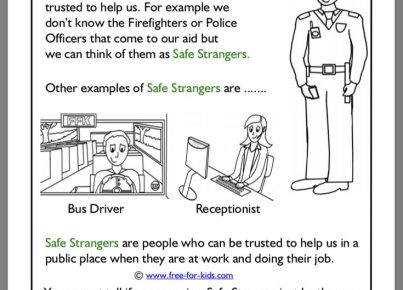Introduction
Understanding the concepts of transparent, translucent, and opaque materials is an important skill for children to develop. By engaging in hands-on activities that illustrate these properties, kids can better grasp the basics of light and how different materials interact with it. Check out these 13 terrific activities that promote learning while having fun!
1. Shadow Puppet Theater
Create a simple shadow puppet theater by hanging a large white sheet or piece of translucent paper between two chairs. Using flashlights or lamps as light sources, have children make shadow puppets or use pre-made templates to create stories and explore the idea of opacity.
2. DIY Sun Catchers
Use transparent materials, such as plastic sheets and colorful tissue paper, to make sun catchers. Display them around the house or classroom and observe how sunlight interacts with the various colors.
3. Color Mixing with Light
Using colored cellophane or color filters, experiment with overlapping layers of different colors to see what new colors are created when light passes through them.
4. Refraction Art
Fill transparent containers with water or oil and explore how light bends when it passes through these materials. Place objects behind the containers and observe what happens to their images as the light refracts.
5. Frosted Glass Painting
Combine art and science by painting designs on glass surfaces using white school glue mixed with a few drops of food coloring. Allow it to dry completely to create a translucent frosted glass effect.
6. Ice Cube Painting
Freeze colored water in ice cube trays to make frozen paint cubes. Then, use them to paint on paper while observing how they become more transparent as they melt.
7. Wax Paper Stained Glass
Have kids cut shapes out of colorful tissue paper and attach them to wax paper using diluted white glue. Once dry, hold up their creations near a window and watch as sunlight casts beautiful patterns on the floor or wall.
8. Blackout Poetry
Blackout poetry is an activity that involves using a black marker to cover up words in a printed text, leaving only a few selected words to create a new poem or message. This emphasizes the contrast between opaque ink and the transparent printed text.
9. Lightbox Mosaics
Using a lightbox or any flat light source, have kids layer translucent materials such as colored plastic, tissue paper, or cellophane cut-outs to create mosaic patterns and designs.
10. DIY Kaleidoscope
Create a kaleidoscope using a paper towel roll, small mirror pieces, and various colorful translucent materials. Observe the mesmerizing effects of symmetry and light combinations that occur as you look inside.
11. Gelatin Lens Experiments
Make simple lenses out of gelatin, water, and sugar to study their transparency and how they bend and focus light.
12. Translucent Sculptures
Provide children with clear glue sticks, colored cellophane, or flexible transparent plastics to let them build unique sculptures while considering concepts of transparency and the way light passes through materials.
13. Opaque vs Translucent vs Transparent Experiment
Gather various materials such as paper, glass, plastic wrap, wax paper, aluminum foil, and fabric. Shine a flashlight through each material one by one to see if they are transparent (allowing light to pass through entirely), translucent (only allowing partial light transmission), or opaque (blocking light completely).
Conclusion
These 13 terrific activities are perfect for teaching children about transparency, translucency, and opacity while engaging their minds in fun experiments and art projects. By combining hands-on experiences with scientific concepts, kids can enhance their understanding of how different materials interact with light and their environment.





